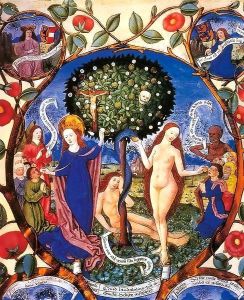Berthold Furtmeyr Paintings
Berthold Furtmeyr was a late Gothic illuminator who lived and worked in Regensburg, Germany, in the latter half of the 15th century. His exact date of birth is not known, but based on the timeline of his work, he was likely born around 1440. There is little biographical information available about Furtmeyr's life, but his contributions to the art of manuscript illumination are well-documented through the beautiful and intricate works he left behind.
Furtmeyr is best known for his rich and vivid use of color, as well as his intricate attention to detail. He was an influential figure in the school of illumination in Regensburg, being both productive and innovative in his style. His work is characterized by elaborate figurative and ornamental designs, with a strong emphasis on the use of gold and bold colors. Furtmeyr's illustrations often featured lush landscapes, architectural elements, and expressive human figures, capturing scenes with a sense of depth and realism that was ahead of his time.
One of Furtmeyr's most significant works is the 'Furtmeyr Bible', which is considered a masterpiece of German illumination. This grand project was commissioned by the wealthy patrician Sigismund Gossembrot, and it exemplifies the luxurious taste of the late medieval elites. The 'Furtmeyr Bible' is replete with full-page illustrations, decorative initials, and borders that showcase the artist's skill and imagination.
Despite his considerable output and the high quality of his work, details of Furtmeyr's personal life, including his training and the latter years of his career, remain obscure. Records indicate that he continued to be active until at least 1501, but the exact date of his death remains unknown. His legacy, however, endures through the manuscripts that carry his distinctive style, and these works continue to be studied and admired for their artistic value and historical significance in the development of book illumination.
